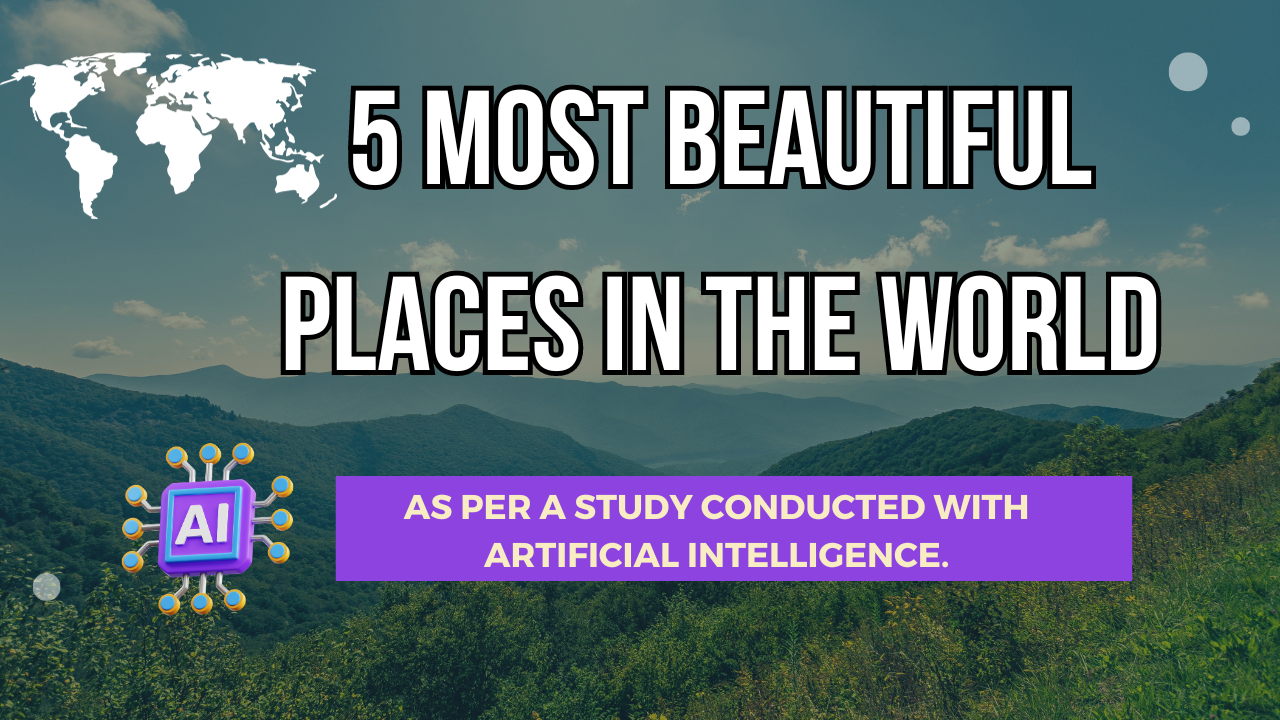The renowned travel agency Kuoni, from England, unveiled a list of the five most beautiful destinations in the world.
Using advanced artificial intelligence, the study pinpointed which locations most intensely captured the visual attention of observers.
This technological mechanism gauged the duration of an individual’s visual focus on a particular image and identified eye expressions that conveyed wonder and admiration.
The results were:
Peyto Lake, in Canada.
Named in honor of Bill Peyto, a notable mountain guide who ventured into the area in the late nineteenth century, Peyto Lake is famed for its astonishing turquoise hue. This coloration results from rock flour, a glacial sediment that, when mixed with meltwaters from ice blocks, reflects sunlight. Nestled among the mountains of Banff National Park, in Alberta, the area offers breathtaking trails for hiking enthusiasts.
Lake Tekapo in New Zealand.
With a name in the Maori language meaning starry night, Lake Tekapo is globally recognized for its stunning night sky. UNESCO proclaimed it as a dark sky reserve, underscoring its significance and beauty. Located on New Zealand’s South Island, it’s the second-largest lake in the Mackenzie Basin, rising to seven hundred and ten meters above sea level and spanning an area of eighty-three square kilometers.
Puerto Princesa Underground River in the Philippines.
Situated on Palawan Island, this river, named after the city of Puerto Princesa, is the world’s longest navigable underground river, stretching an impressive eight kilometers and two hundred meters. Its clear and translucent waters offer magnificent views of the stalactites and stalagmites formed inside the caves.
Marble Cathedral in Chile.
This natural wonder, located on Lake General Carrera, got its name because of its appearance, reminiscent of a cathedral, carved by the erosion of cliffs rich in calcium carbonate. The naturally sculpted columns over millennia are illuminated by turquoise waters, resulting from glacial melting, which flood its caves.
Iguaçu Falls, on the border between Brazil and Argentina.
These majestic waterfalls are known as “Iguazu” on the Argentine side. With over two hundred and seventy-five distinct falls, it’s considered one of the Seven Natural Wonders of the world. The most famous among them is the “Devil’s Throat,” so powerful that its force creates a continuous mist. Due to its extraordinary beauty and ecological significance, the Iguaçu National Park was declared a World Heritage Site by UNESCO.
Watch the video below.


